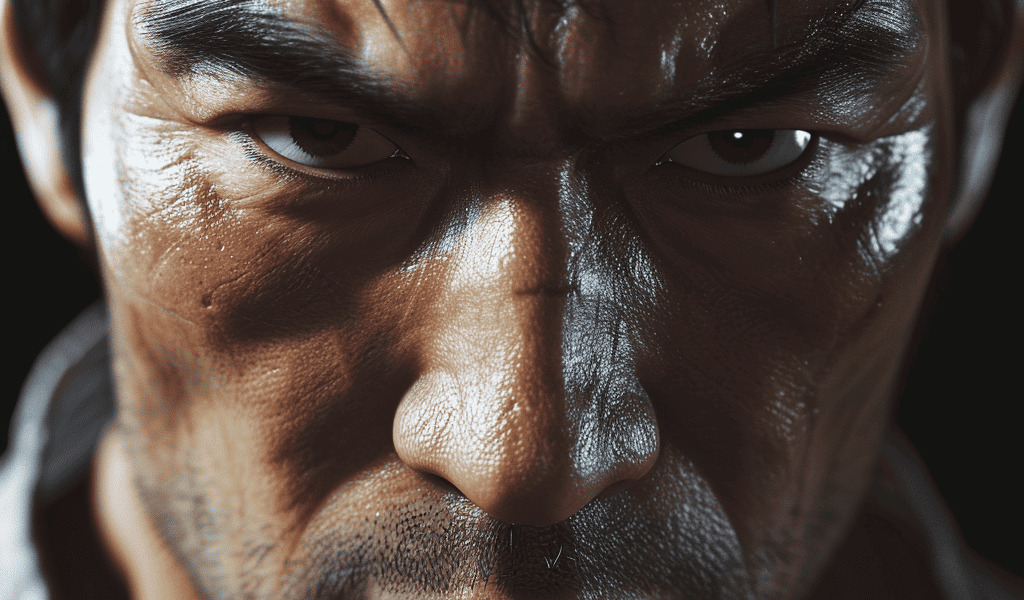A new controversy has arisen in the gaming world surrounding the upcoming release of Tekken 8. The game, set to be released later this month, has sparked debate and concern due to its color vision options, particularly a mode designed for colorblind accessibility. While the intention behind these features is to make the game more inclusive, there are growing concerns about the potential health risks they may pose to players.
Modern fighting games have made significant strides in providing accessibility options for gamers with disabilities. Titles like Street Fighter 6 and King of Fighters 15 have incorporated features such as audio cues and contrast adjustments to cater to visually impaired players. However, Tekken 8’s approach to colorblind accessibility has raised alarms within the gaming and accessibility communities.
One of the most striking features of Tekken 8 is its color vision options, which include a stark mode featuring black-and-white visuals with flattened shapes filled in with striped lines. While this may seem innovative, there have been reports of potential side effects such as migraines, vertigo, and even seizures associated with this mode. The concern has been amplified by individuals who have experienced these adverse effects after exposure to the game’s visuals, prompting a wave of criticism and warnings.
Despite the initial excitement surrounding the expanded accessibility offerings in Tekken 8, the inclusion of these striking filters has drawn sharp criticism from industry experts and professionals. Morgan Baker, a game-accessibility lead at Electronic Arts, publicly expressed her distress after being tagged in discussions about Tekken 8’s colorblind features, citing the onset of a migraine after exposure to the game’s visuals. Similarly, accessibility consultant Ian Hamilton echoed these sentiments, highlighting the potential health risks and questioning the engineering-based approach to addressing broader design challenges.
While the game also offers other colorblind-minded accessibility options, the controversy surrounding the striking filters has cast a shadow over the game’s anticipated release. Katsuhiro Harada, the head of the Tekken games at Bandai Namco, defended the inclusion of these features, citing previous accessibility efforts in Tekken 7. However, the growing concerns and negative experiences reported by individuals have sparked a heated debate about the implementation of these features and their potential impact on players.
The controversy surrounding Tekken 8’s colorblind accessibility features serves as a reminder of the delicate balance between innovation and potential risks in the gaming industry. As the release date approaches, the debate continues to unfold, raising important questions about the responsibility of game developers in ensuring the safety and well-being of all players.





